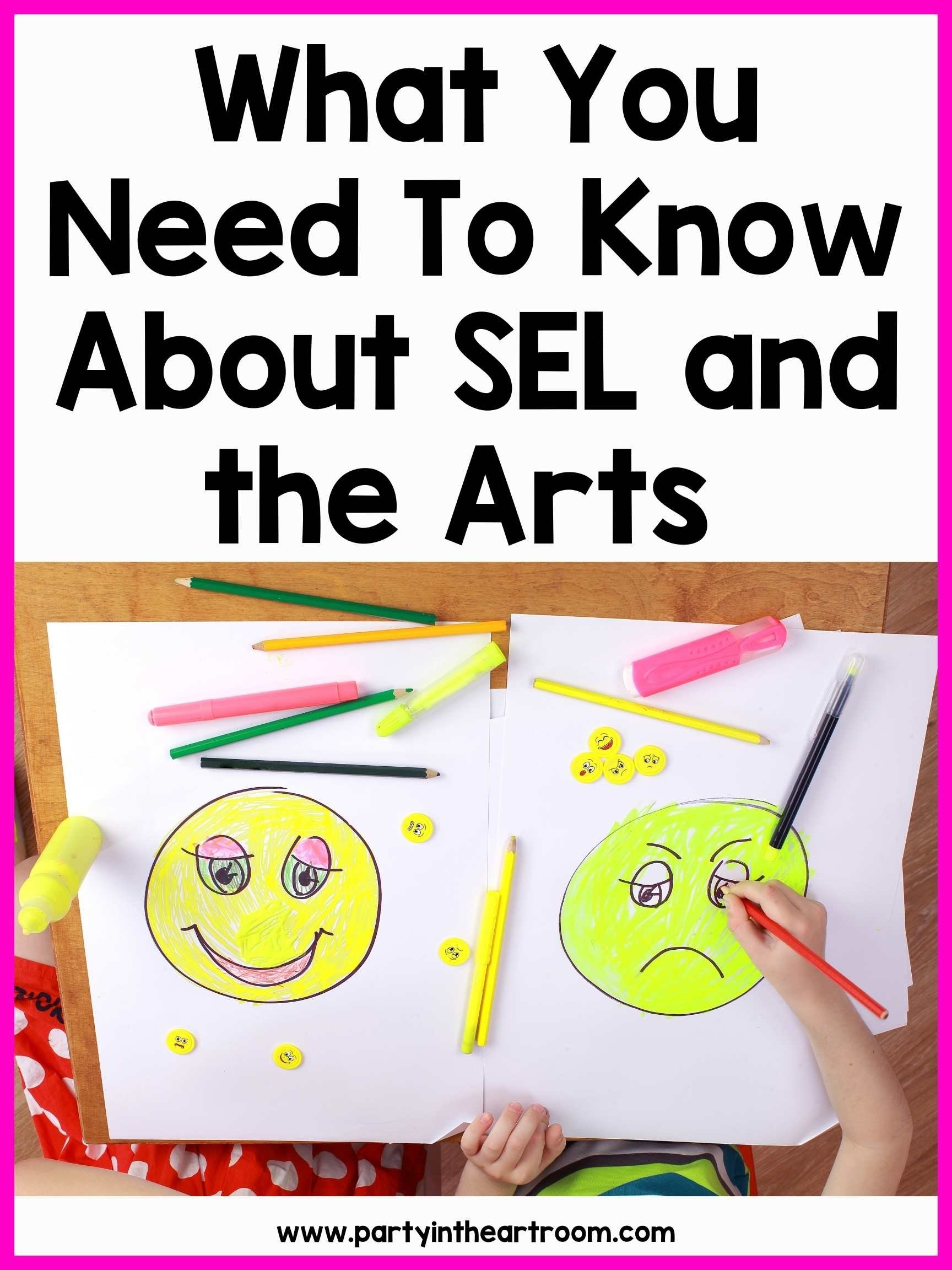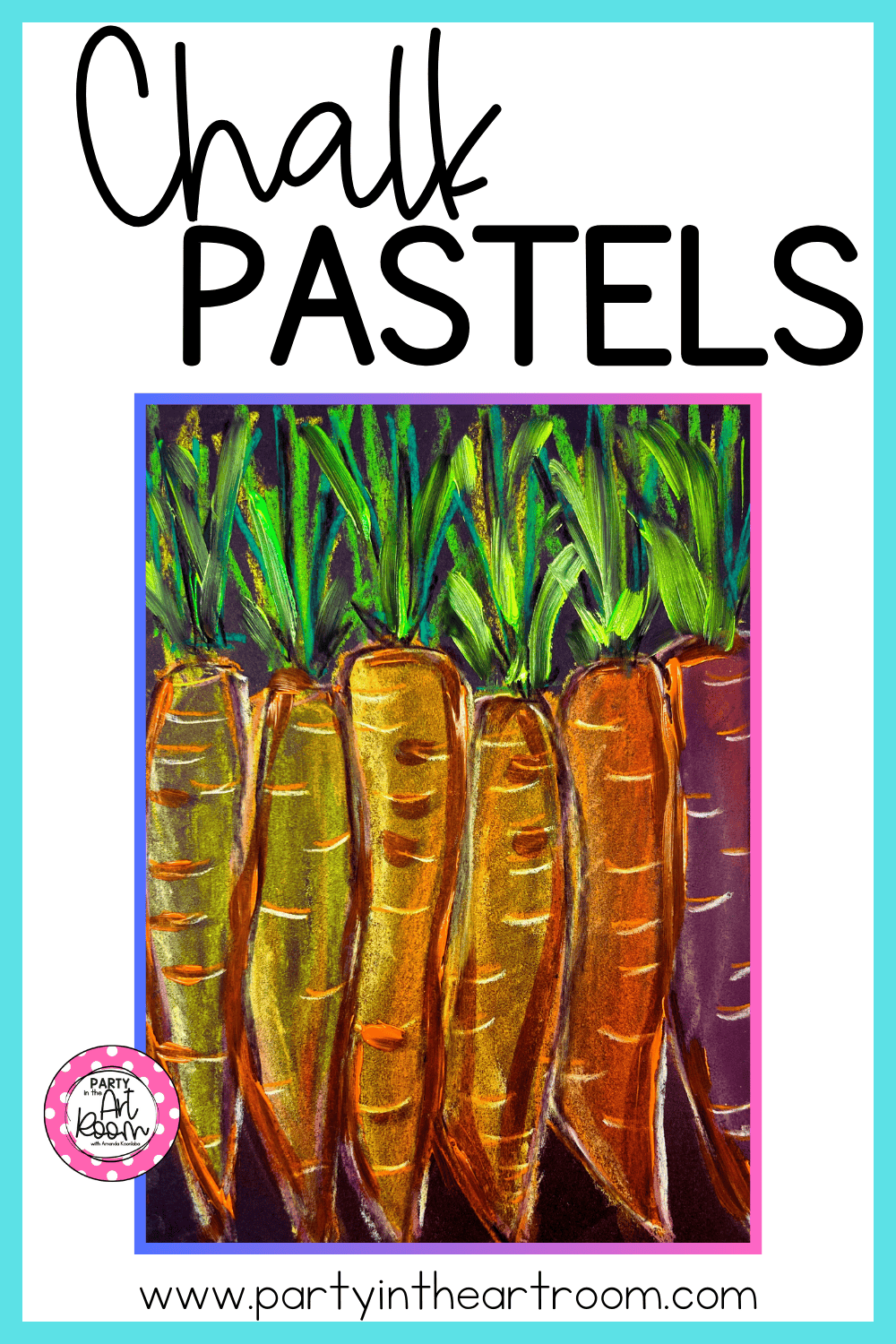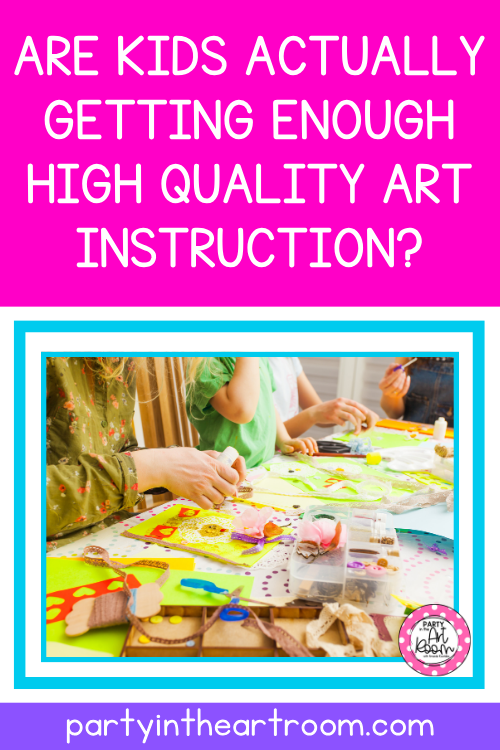Why Social Emotional Learning Through the Arts Is Not a Fad
Growing up surrounded by art made me empathetic. It gave me the ability to introspect and change when I needed to. Art gives me an outlet to work through things.
As educators, we have the power to give that to our students. My upbringing fostered my passion for integrating social and emotional learning (SEL) into the arts. And I recently got to share that passion with the amazing Krista Leh and Craig Martin of the SEL in EDU podcast.
Art as an Outlet for Personal Growth
My mission with arts integration is to make art accessible to children of all backgrounds. My work allows me to reach more educators and students while also making an impact. Through my work, I hope to bring joy back to the classroom, which is what art is about.
Arts integration may look different for each teacher. Craig, for example, infused music in his elementary school lessons because he understood that art is a great teaching tool. And I incorporate visual arts in my teaching. SEL is equally crucial for the enhancement of learning. Through my work, I hope to help teachers understand how they can leverage these tools.
Creating Meaningful Connections in Education
Creating art requires output and input. Artists put out their feelings, time, thoughts, and resources into their artwork. And we get to observe, analyze, and internalize their work.
People often think art is just about staring at a painting; they don’t realize that it's much deeper. SEL provides a similar output/input relationship between students and teachers. When you have a human relationship with students, you share your knowledge, thoughts, and values with them.
I grew up around artists, but I never saw myself as an artist until I was well into my 20s. And I want kids to see themselves as artists because that encourages responsible decision-making. Artists constantly make decisions, and they live with those decisions.
Encouraging Self-Reflection and Empathy in Students
Kids often doubt their potential and ask for a new sheet of paper numerous times during an integrated lesson. That may seem trivial, but these are small ways in which kids start to regulate their thoughts before they act. And if they can think through small decisions like which colors to use in their artwork, then they can think through more complicated choices that could impact their future.
Kids start wondering about the consequences of their decisions from an early age. As such, it’s crucial to encourage responsible decision-making as early as pre-k or kindergarten. That’s when they start working on their social and emotional skills.
Creating Fulfilled Human Beings Through Art and SEL
The more you engulf children in an art environment where it's safe to make mistakes, the more comfortable they’ll be with who they are. That is how you create fulfilled human beings. And SEL fulfils that purpose. To quote Craig, “art provides an opportunity for us to engage in rich explorations of ourselves, each other, and the world around us.” And children need to feel that safe in a school environment.
During the podcast, Krista also pointed out that students need a good balance of care and intellectual stimulation to thrive. A safe environment where they can grow into their authentic selves provides both.
SEL and arts integration are more accessible than teachers realize. You don't have to create a thing. You can use illustrations or artwork to help your students comprehend text.
The Potato Eaters by Vincent van Gogh
One of my favorite paintings for SEL is the Potato Eaters by Vincent van Gogh, which is a depiction of people living in poverty. I once shared it with a class of students. Their response to the painting was a complete shock. They said horrible things about the people in that painting because they were poor and looked sickly.
I explained to them what the people in that artwork might have been experiencing, and they were mortified by their initial response. They showed empathy after they had more information. I love that painting because it shows the kids how horrible they can be to each other when they don't take time to know and understand one another. The students reached a level of self-awareness after that experience. And that speaks to the power of using art. Such art pieces open the door for meaningful conversations and connections in the classroom.
Read more about van Gogh here:
The Arts Art the Key to Change
The arts are the key to change.
For centuries, artists have led and fueled revolutions.
Things don't improve unless artists are involved. And so, if an educator is serious about positive change and equity, they have to embrace the arts.
As we draw this discussion to a close, it's imperative to underscore why integrating SEL (Social and Emotional Learning) through the arts is far from a passing trend. While some educational initiatives may come and go, SEL embedded within the arts possesses enduring value and efficacy. This approach isn't a fleeting fad; it's a profound recognition of the holistic nature of education. By intertwining SEL principles with artistic expression, we empower students to not only excel academically but also to navigate life's complexities with resilience, empathy, and self-awareness. SEL through the arts is not merely a pedagogical strategy—it's a transformative pathway toward nurturing well-rounded individuals equipped for success in both their personal and professional lives. Its continued relevance and impact underscore its status as an essential component of 21st-century education, shaping generations of learners who are not only academically proficient but also emotionally intelligent and socially adept.
Final Thoughts
In closing, I'd like to extend a heartfelt acknowledgment to two esteemed education leaders, Krista Leh of Resonance Ed Consulting and Craig Martin of CCM Consulting Group. Their dedication to advancing education through innovative approaches, particularly in the realm of social-emotional learning (SEL) integrated with the arts, is truly inspiring. Krista Leh and Craig Martin exemplify a commitment to empowering educators and fostering student growth beyond the confines of traditional pedagogy.
CCM Education Group LLC, under the guidance of Craig Martin, collaborates with school leaders, districts, and youth-serving organizations to craft bold strategies that cultivate inclusive, thriving, and student-centered learning environments. Similarly, Resonance Ed Consulting, led by Krista Leh, empowers educators to seamlessly integrate SEL principles into their teaching practices, fostering environments where students can flourish emotionally, socially, and academically.
In a recent podcast discussion, I had the privilege of engaging in dialogue with Krista and Craig, delving into the transformative power of social-emotional learning through the arts. Their insights and expertise shed light on the profound impact of leveraging artistic expression to nurture holistic student development. It's through collaborative efforts and visionary leadership exemplified by individuals like Krista Leh and Craig Martin that we continue to propel education forward, enriching the lives of learners and educators alike.
This post only scratches the surface of my SEL in EDU interview. You can listen to the rest of the conversation here .
You might also be interested in:
I’m Amanda, and I align standards and integrate content to help teachers meet the needs of the Whole Child in art class! I have yet to find a standard that I couldn’t teach through art, and I want to share it all with you.
Not sure where to start with bringing art and content together? This freebie guide is packed with 25 ideas to align your art lessons with math and ELA standards. Your students will be crafting art and practicing algebraic thinking. Win-win!
I want all students to feel successful in the art room, so I created a standards-based Daffodil Collage lesson to do just that! The lesson includes an artist study, student reflection, and more, so push your artists to their full potential.
Follow along on my Instagram page for more tips on teaching the Whole Child in the art room!
Connecting art and content together doesn’t have to be mind-boggling. I’ve made it simple with 25 math and ELA art lesson starters - for free! Plus, I included 15 worksheets for students to reflect on their art-making journey.







